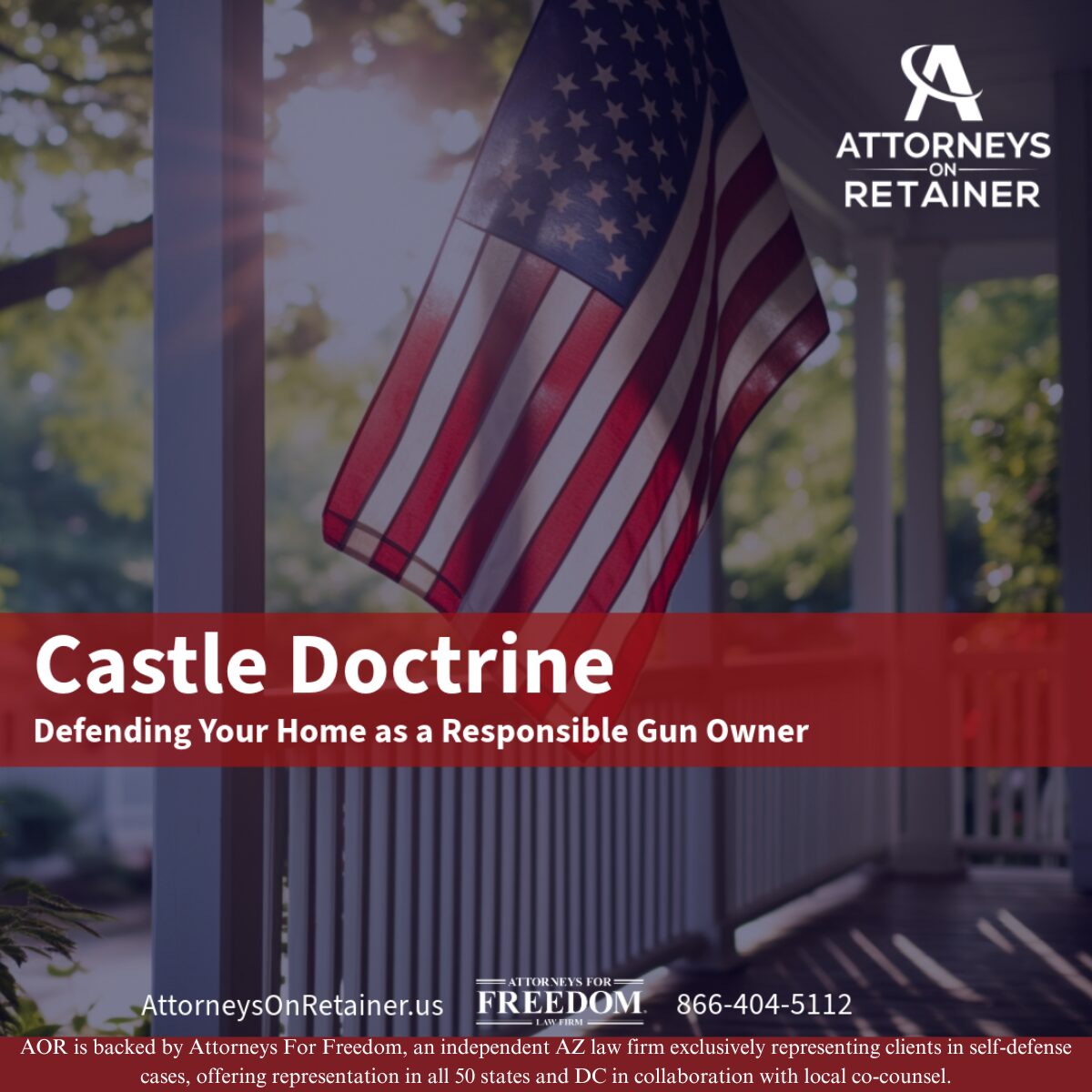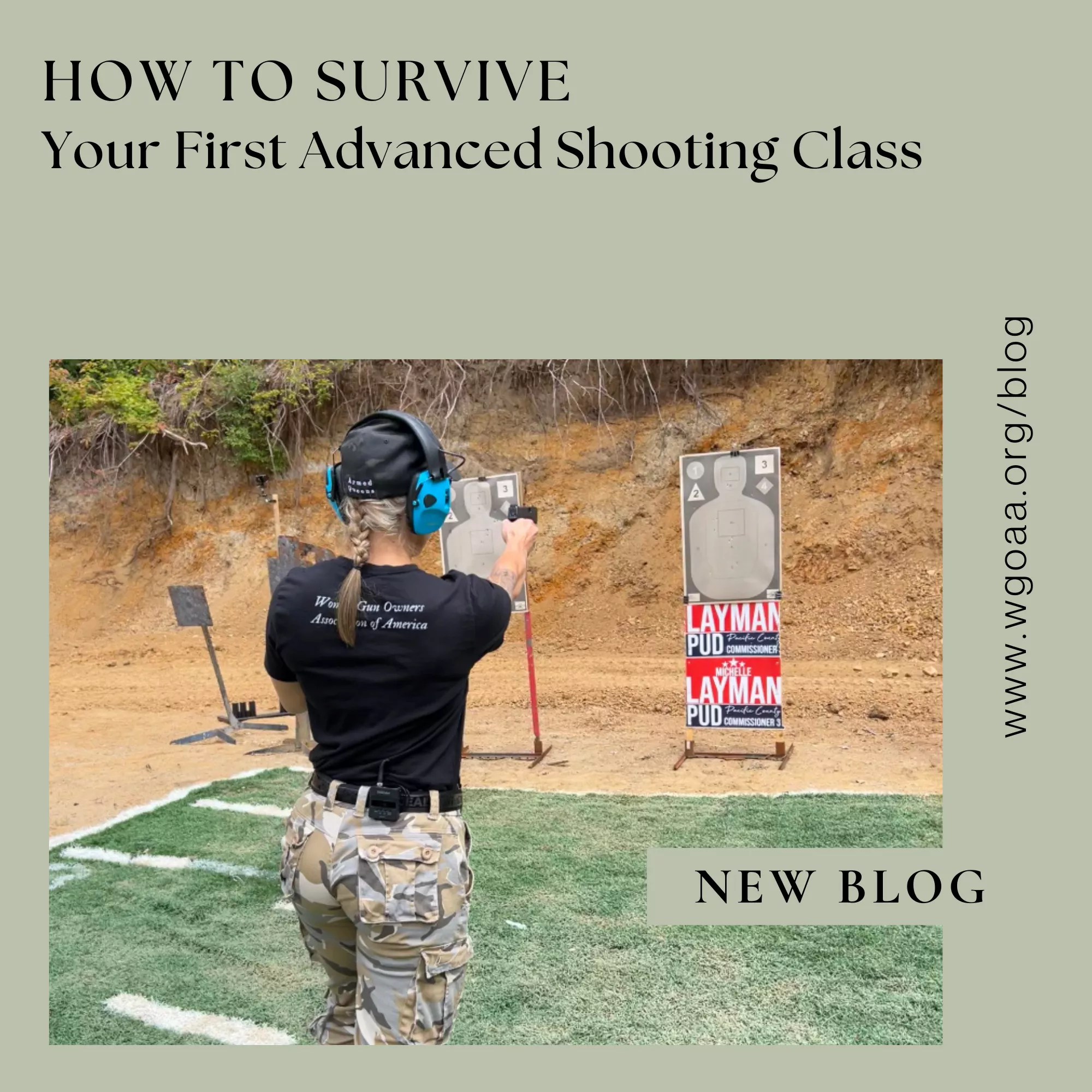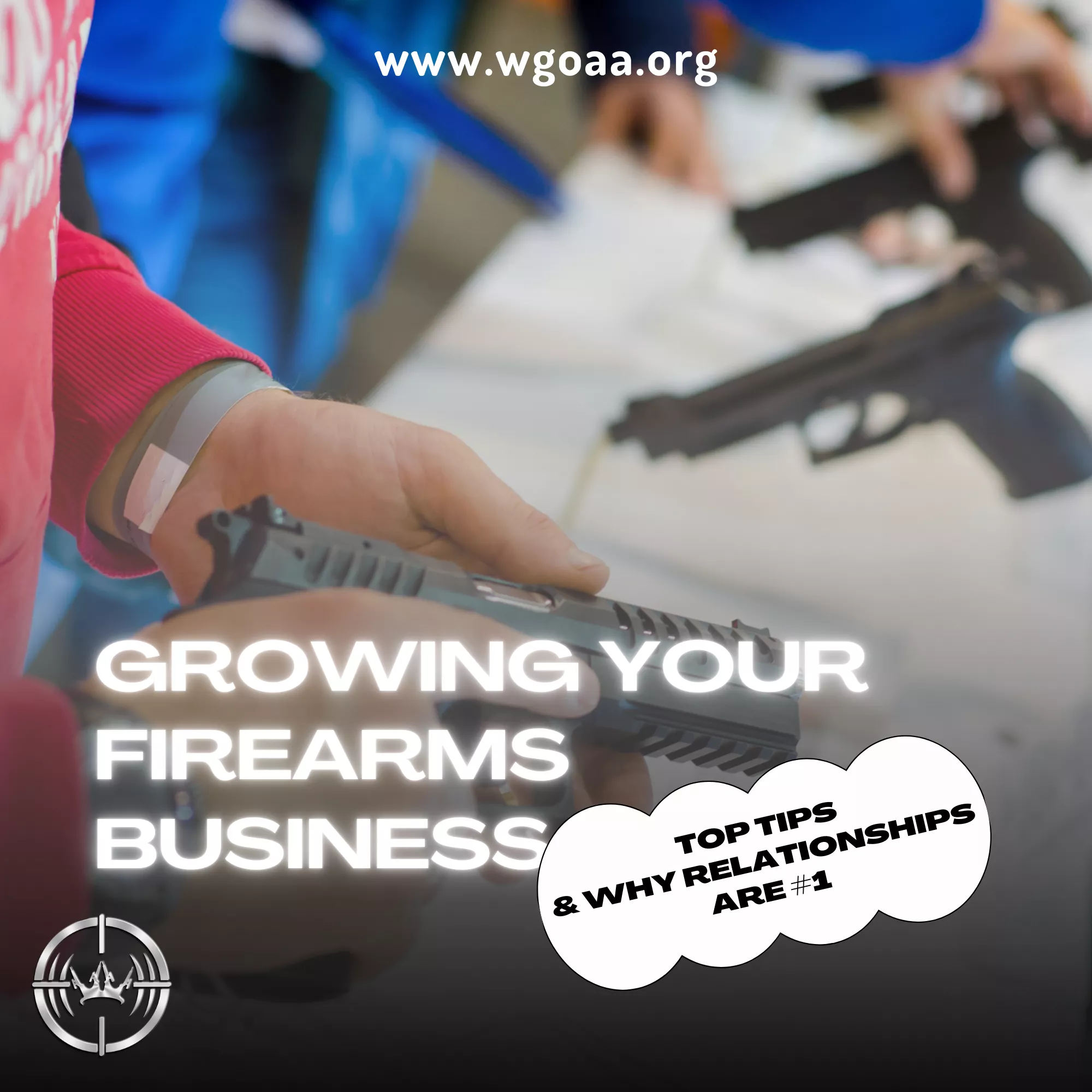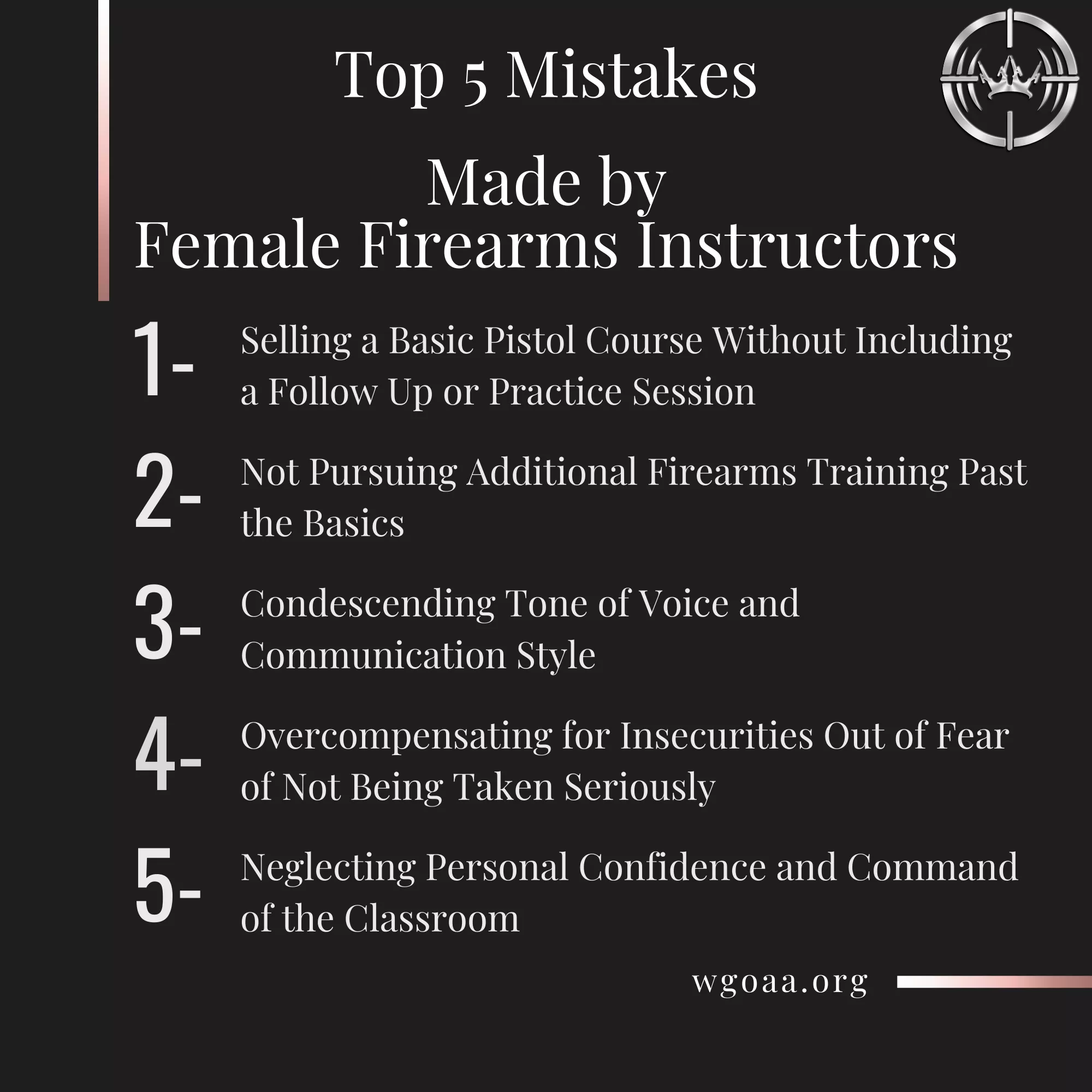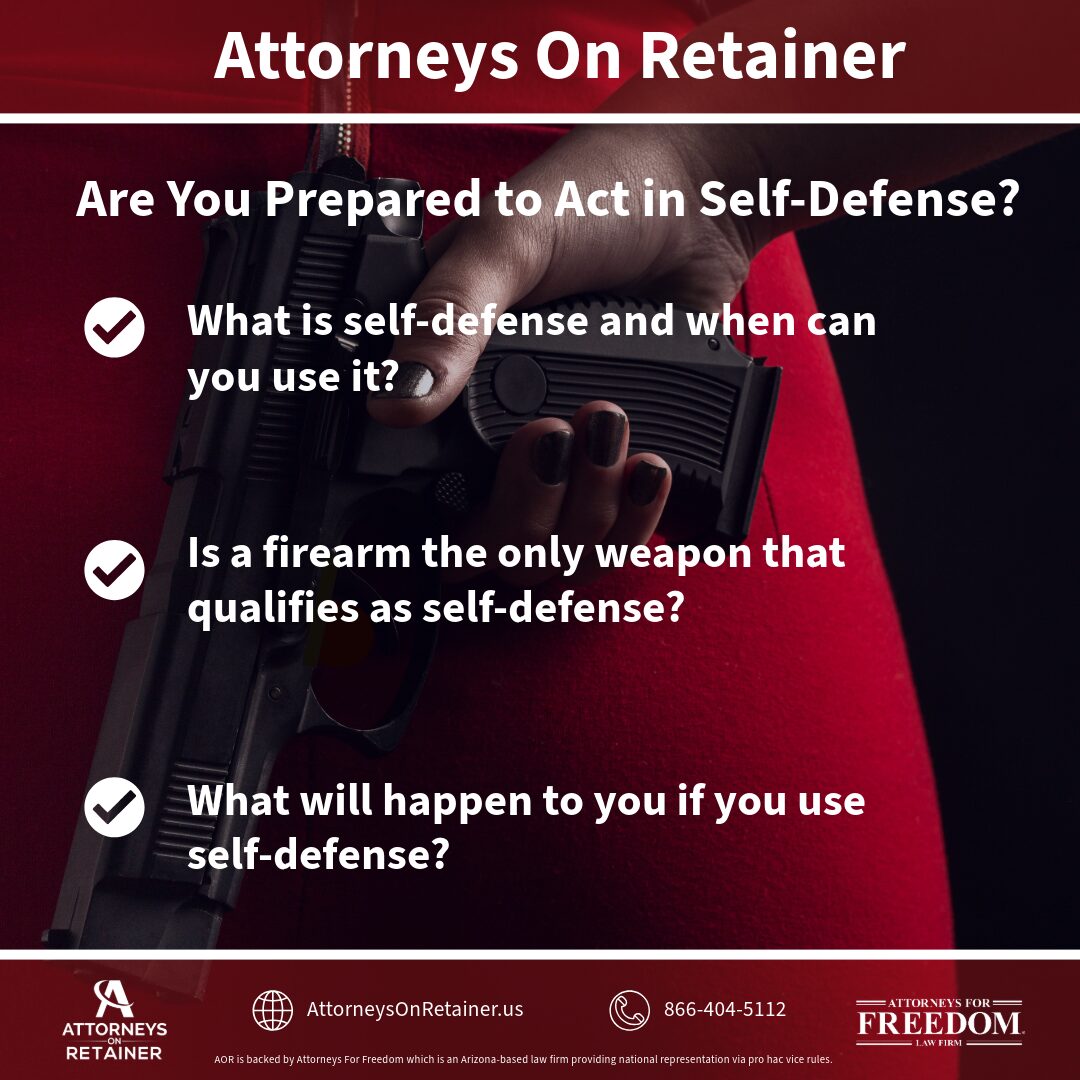As a new gun owner, choosing the right holster can feel like a daunting task, but it’s crucial for your safety and comfort. Whether you’re carrying a firearm for self-defense or recreational use, finding a holster that suits your needs is the first step toward responsible ownership. In this guide, we’ll walk you through how to choose the best holster for your body type, lifestyle, and preferences.
Why a Good Holster Matters
A holster isn’t just a way to carry your firearm—it’s about comfort, accessibility, and safety. A poorly fitted holster can make it difficult to draw your weapon when you need it, or even worse, cause it to shift or fall out during everyday activities. Choosing the right holster helps you carry securely while making sure the gun is within easy reach when necessary.
Types of Holsters
Holsters come in many shapes and sizes, designed to be worn in different positions on your body. The most common types of holsters include:
- IWB (Inside the Waistband): These are worn inside your waistband and are one of the most popular choices for concealed carry. They offer a close fit and are easily concealable under most clothing. However, comfort can be an issue for those who wear them for extended periods.
- OWB (Outside the Waistband): These holsters are worn on the outside of the waistband and are easier to access. They are often more comfortable for all-day wear, but they can be harder to conceal under tighter clothing.
- Shoulder Holsters: For those who prefer a different carry style, shoulder holsters allow you to carry your firearm on your chest or back. They are often chosen for comfort and accessibility, especially for larger guns.
- Ankle Holsters: Perfect for those who need to conceal a secondary firearm, ankle holsters are worn on the leg and are great for deep concealment.
- Paddle Holsters: These holsters are easy to attach and detach from your waistband, making them popular for those who want flexibility.
Each type of holster has its own pros and cons, so the best one for you depends on your daily activities, comfort, and whether or not you need to conceal your weapon.
How to Find the Perfect Fit
Finding the right holster starts with understanding your body and how the holster fits into your daily life. Here are a few steps to ensure the best fit:
- Try Before You Buy: It’s important to try on different holsters to see what works best for you. Pay attention to how the holster feels in your waistband or on your body. Are you able to draw the gun easily? Is it comfortable to wear while sitting or standing for long periods?
- Fit for Your Firearm: Holsters are designed for specific gun models, so make sure the holster fits your firearm perfectly. Many manufacturers make holsters that are molded to fit the exact dimensions of your gun, ensuring that it stays secure and can be drawn quickly when needed.
- Body Type Considerations: Your body shape plays a big role in determining which holster will work best. For example, if you have a smaller waist, an IWB holster might feel uncomfortable. On the other hand, larger individuals may find shoulder holsters or OWB holsters more comfortable, as they distribute the weight more evenly.
- Material Matters:Holsters are made from various materials, including leather, Kydex, and nylon.Leather holsters are known for their comfort and classic look but can be bulkier. Kydex holsters are rigid and provide better retention, while nylon holsters are lightweight and flexible. Each material has its pros and cons, so it’s important to choose the one that suits your lifestyle and firearm.
Tips for Trying on Holsters
Trying on a holster isn’t just about comfort—it’s about making sure the holster allows for a smooth and fast draw. Here’s what to check when you try on a holster:
- Comfort: Wear the holster for at least 15 minutes to get a true sense of how it feels. Pay attention to pressure points or any discomfort when sitting, standing, or walking.
- Concealment: Make sure the holster works with your clothing. Is the firearm fully concealed, or does it print (show through your clothing)? An IWB holster is great for deep concealment, but if you’re opting for OWB or shoulder holsters, you may need looser clothing.
- Accessibility: When you draw your firearm, the holster should allow for a smooth motion. It should not be too tight or difficult to maneuver, as you may need to access your weapon quickly in an emergency.
Holster Materials: Leather vs. Kydex vs. Nylon
Choosing the right material for your holster is just as important as picking the right fit. Each material offers different benefits:
- Leather Holsters: Leather is known for its comfort, softness, and ability to mold to your body over time. However, leather can be bulkier and less durable than synthetic materials. Leather holsters often require more maintenance, but they offer a classic, traditional feel.
- Kydex Holsters: Kydex is a rigid plastic that holds its shape and is known for excellent retention. Kydex holsters are great for people who want fast, smooth draws and a holster that stays in place. They are durable, low maintenance, and typically more affordable than leather.
- Nylon Holsters: Nylon holsters are lightweight, flexible, and often less expensive. They provide a good balance between comfort and utility, but they don’t offer the same level of retention or security as leather or Kydex.
Real World Tips for New Gun Owners
As a new gun owner, here are a few practical tips to keep in mind:
- Start Simple: If you’re new to carrying a gun, start with a basic, affordable holster. As you gain experience and understand your preferences, you can upgrade to a more expensive or specialized holster.
- Don’t Rush: Take your time choosing the right holster. This is not something you want to rush through. A poorly fitting holster can be uncomfortable and even unsafe, so try different styles and brands before making your final decision.
- Get Feedback: Ask experienced gun owners for their recommendations. There’s a wealth of knowledge out there, and often, someone else’s experience can save you time and money when picking a holster.
Conclusion
The right holster is more than just a tool for carrying your firearm—it’s about comfort, safety, and peace of mind. By considering your body type, daily activities, and firearm model, you can find a holster that suits you perfectly. Don’t forget to consider the material, the fit, and the ease of access, as these factors are key to ensuring you make the right choice. Take your time, try different options, and choose the holster that makes you feel comfortable and secure.

